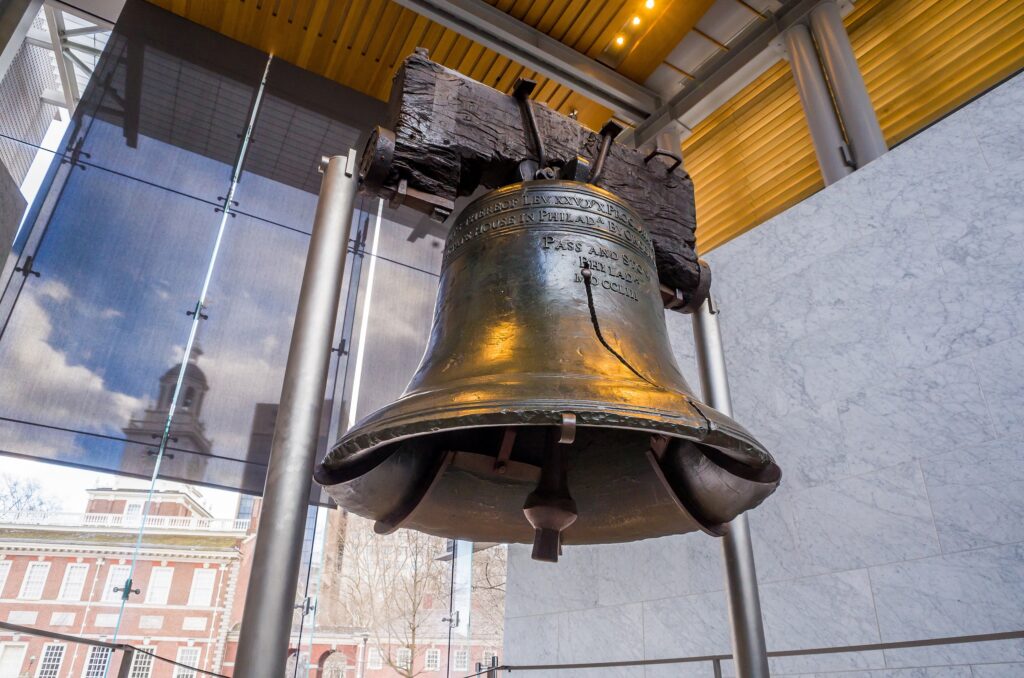No, the F-22’s success against ISIS doesn’t justify its price tag
The controversial F-22 fighter just had its combat debut in Syria, bombing ISIS-controlled targets. The plane, which costs $412 million per copy, finally saw action 23 years after it was first approved and nine years after it entered service. It was used to evade Syrian air defenses and drop bombs in the middle of a city, without causing collateral damage or injuries.
This successful airstrike prompted a Fox News article in which defense analysts sang the praises of the F-22:
“It seems to have been very successful – it was designed to have that ‘first night,’ precision strike capability,” Rebecca Grant, president of Washington D.C.-based defense research firm IRIS Independent Research, told FoxNews.com. “This proves that the F-22 is a viable combat aircraft and a good air-to-ground weapon.”
Rebecca Grant was not alone in her praise of the F-22.
“The U.S. has invested a lot in the F-22 Raptor and the U.S. Air Force has worked so much in the last few years to turn the troubled, expensive interceptor into a real multi-role platform that could be eventually used in a real operation,” Rome-based aviation expert, pilot, and former Italian Air Force officer David Cenciotti told FoxNews.com in an email. “In this case it was also the chance to appease those who criticized the costly stealth plane and the fact it was never used in combat until a couple of days ago,” he said.
Joining the defense analysts were hawks who saw an opportunity to criticize the Obama administration for cancelling the F-22 in 2009. Leading the criticism was Breitbart writer Thomas Rose, who called the F-22 “the most capable fighter aircraft ever developed.” Breitbart.TV also featured President Obama’s speech in which he called for the plane’s cancellation, deeming it “outdated and unnecessary.”
The problem with the claims that this recent bombing strike proves the F-22 is a successful fighter is that this is not the sort of mission for which the F-22 was designed. The F-22 project was authorized to ensure American air superiority for decades to come. As Michael Peck at The National Interest points out, the F-22 won’t face a serious test in the current campaign against ISIS. ISIS has no credible air force to speak of and limited air defenses. Most aircraft in the U.S. inventory, which are far cheaper, are more than capable of dropping bombs.
The Pentagon knew that simple fact even when the F-22 entered service. The Pentagon believed that the United States’ enemies were too low-tech to justify tuse of the F-22 in Afghanistan, Iraq or Libya.
Meanwhile, there remain serious questions about the F-22’s combat capabilities. A recent piece in Business Insider raised questions about the F-22’s ability to fight non-stealthy fourth-generation aircraft, such as the Eurofighter Typhoon and the French-made Dassault Rafale. The more accurate designation for planes like the Typhoon and Rafale are Generation 4.5, a category that also includes the Russian Su-35 and upgraded variants of the Su-30 and MiG-29. The Chinese Air Force also flies Generation 4.5 fighters, such as the J-10B and upgraded Su-30 variants. China and Russia are the closest peer competitors to the United States.
Until the F-22 faces air-to-air combat against fourth generation fighters and especially against Generation 4.5 fighters, we really won’t have an empirical test of the plane’s combat capabilities. At $412 million per plane, the Obama administration did the right thing acknowledging there are cheaper alternatives for dropping bombs.








